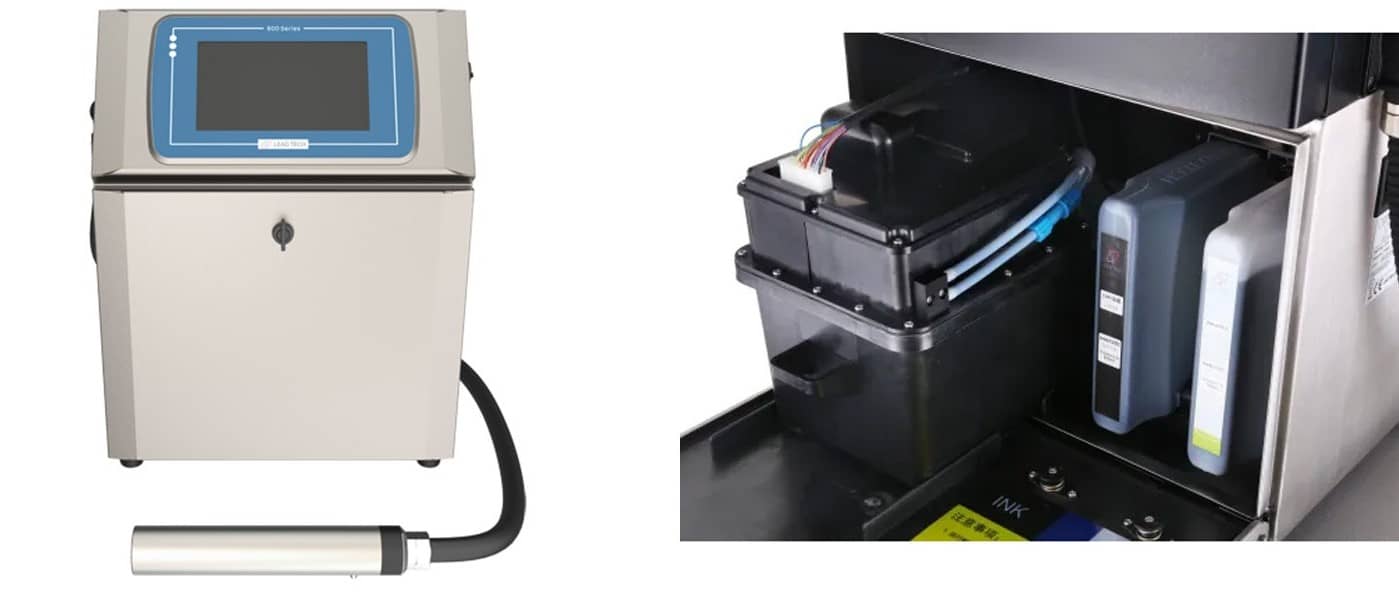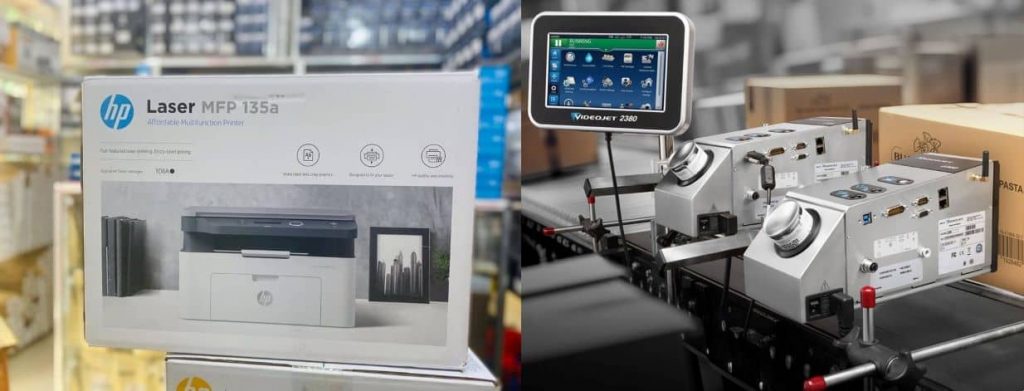What are the differences between these two types of printers? On top of our minds would be the type of cartridge that each one uses. Laser printers use an electrical charge. This instructs the toner on where and when it should dispense the ink on the paper. Inkjet printers are less complex and more straightforward. Ink is dispensed as you print and as the cartridge moves along the papers. But they also vary more easily than one knowing what and how can help you decide on what to use for your home office.
Here are reasons why an expensive laser printer is a more appropriate choice

Laser printers give a more professional output for Word documents
There are several reasons why larger offices and companies use laser printers. For one, this type of printer is larger. So they have a better capacity for high print volumes and have a better and more efficient paper output. Inkjet printers have quantity limitations or they have a slower printing capacity since they have a more compact size.
Though smaller offices on a budget still make do with a more affordable inkjet printer. But if you want to speed things up with printing tons of documents and paperwork, laser printers are king.
Aside from speed, the quality of the prints is very distinguishable. Even if you’re going for high volumes of Word documents, you can be assured that they are smudge-free, sharp, and very crisp. You can also get decent Word documents printed with an inkjet but since they are water-based, they are prone to smudges. And inkjet printers cannot create the same quality of precision and sharpness that laser printers can when it comes to Word documents. You can easily tell which is which.
And of course, there is that extra work, especially when printing larger volumes of documents. Since they are prone to smudges, this will compel you to take more time to dry out each paper. So if you’re not paying any attention and just let the printed documents slide off as they print, you’re likely to get tons of smudges.
Laser printers are quieter
Inkjet printers can create quite a noticeable noise when work is in progress. While this may not be much of a biggie, it can be irritating if you’re trying to print larger volumes of documents and images. They are also slower. There are two reasons why work can slow down if you’re using this type of printer. The process of printing itself is slower. Then two, you might need to replace ink cartridges if you’re going to need larger output. While it’s not difficult to change ink cartridges and is not rocket science, it can still take up the time that you could have been printing already.
It also has something to do with the type of cartridges that each one is using. Laser printers use toner cartridges. These print more pages without running out. So you’re less likely to need to replace it should you be printing loads.
Laser printers are more expensive upfront but they can also save you money at some point
Opting for a laser printer causes more significant moolah than opting for a more compact inkjet printer. But you actually get what you pay for. For instance, the ink in the toner cartridges doesn’t dry out. So even if you have not used the printer in a while, you will still be able to use it. Thus, you can still get the most out of what you paid for.
The opposite goes with inkjet printers. Despite the lower cost upfront, there is one thing to consider. Ink cartridges can dry out when you have not used them in a while.
These printers are also more durable and can last wear and tear. These can significantly last longer than any inkjet printer.
While inkjet printers may seem less durable, here is when you should opt for the more economical choice

Inkjet printers occupy a small space
Laser printers can be massive. And of course, if you have a smaller office, or a nook in our home for all the work, adding bigger equipment might not be a good idea. That can make your working space oh so cramped and mess up your productivity
Thus, a more compact one is warranted. These printers can conveniently sit at the corner of your desk. You need to have a designated space in your home office for a laser printer.
And being smaller means that they are also portable. So it’s easy to move them from one room to another.
Inkjet printers are perfect for vibrant images
While laser printers are king when it comes to the precision and sharpness of word documents, you might get better pictures with an inkjet printer. Though you can still get decent quality printed pictures with lasers. This printer blends colors and gives sharp photo outlines, much better than a laser printer can.
You also do not need a specific type of paper to print on it, it can virtually print on any type of paper. It can even print on plastic or vinyl. You won’t be able to do that with laser printers.
Inkjet printers take little time to warm up
While it prints slower, it takes little time to get started. Laser printers, on the other hand, can take a bit more time to get started. So while it prints rather faster, you have to be a bit more patient to get the job started.
Which to choose
Even after analyzing the pros and cons of each, you might not still be able to decide on what to buy for your home office.
So let’s wrap it up. The cost of buying a laser printer is higher upfront. You also have to keep in mind the cost of the toner cartridges. These can be more expensive than an ink cartridge but they do not dry out and they can hold onto more colors.
Inkjet printers are less costly, but the ink cartridges are also cheaper and they are often refillable. But it can dry out if you haven’t used it in a while. And depending on the brand, it may or may not be able to hold more colors.
Due to being more efficient in printing higher volumes, laser printers are king in the office. But there are also instances when you need one at your home office. If you tend to print more Word documents and need copies that are smudge-free, clearer, and crisper, laser is the way to go. Now you only have to worry about where to put it in your home office.
But if you’re printing more graphics, inkjet printers may be a more viable choice.


